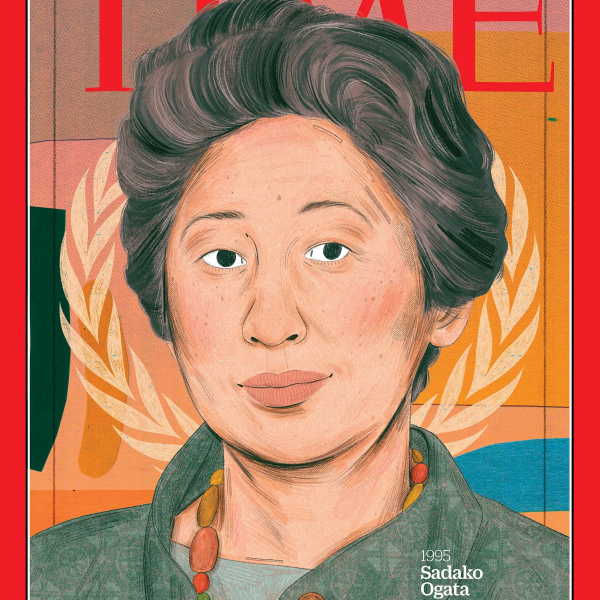I wanted to return here to an idea that I was fumbling to express in class on Thursday during Professor Ingrid Monson’s session on Diana Ross.
In his introduction to Lady Sings the Blues, Professor Early said that the film was not particularly accurate in its depiction of the life of Billie Holiday. Prof. Early noted that the film was very loosely based on Holiday’s autobiography, which itself takes many liberties with the facts of Holiday’s life story. As an account of Holiday’s life, Prof. Early suggested that the film might be best viewed as more “symbolic” than documentary.
After watching the film, I was thinking about that idea and trying to formulate in my head what the symbolic implications of the film are. What first occurred to me was that the film presents Billie Holiday as a kind of double victim, oppressed because of her race as well as her gender.
The film begins with Holiday being roughly incarcerated, dragged through the bureaucratic formalities of booking, mugshot-taking, and fingerprinting. She is then tossed into a padded cell and, finally, straightjacketed. It’s a powerful, arresting image of the state exerting its control over one of its greatest black female artists. Much later in the film, we see how Holiday ended up in this padded cell, as two white cops pull her away from the hospital where she has retreated in order to try to kick her drug habit. The film thus frames itself with an image of white police power treating Holiday as a criminal. Flashing back to Holiday’s earlier life, the film provides other examples of the racially based systems that oppressed Holiday.
Take the music industry, for instance. The club that Holiday gets her start in is run by a white man, who encourages Billie Holiday (and his other black dancers) to perform a humiliating dance that quite literally uses the female body as a device to make money. Later, Holiday goes on tour with an all-white band that uses her blackness (as well as her talent, of course) to burnish their national reputation. When they finally achieve the commercial success they’ve been pursuing, however, Holiday is excluded from the commercial. Along the way, Holiday has also been lured by that same white band (via the piano player) into the drug abuse that would prove to be her downfall.
In addition to this racially-inflected victimization, Holiday of course also faces gendered oppression. In one of the first scenes in the film, Holiday is raped. Later, she is essentially forced into prostitution (also signaling a third type of oppression that victimized Holiday—economic oppression) and treated as a commodified object by Big Ben. In the club where she gets her start as a performer, the mostly male audience demands that she debase herself for their amusement.
In many ways, then, the film presents a pretty strong critique of America as racist, sexist, and classist. As might be expected from a Motown production, however, the film’s critique is also mitigated somewhat by more hopeful and optimistic elements as well. In Holiday’s marriage with Louis McKay, for instance, we see an example of the possibilities of enabling heterosexual relationships. McKay tries to support Holiday and to pull her away from the destructive influence of drugs. The Piano Man, played by Richard Pryor, takes a special interest in Holiday in her earliest moments, encouraging her and enabling her to get a foothold in the music business. The white band that Holiday plays with (which in some ways exploits her and introduces her to destructive habits) also provides her with an interracial group of supporters and friends.
Lady Sings the Blues presents a conflicted symbolic meaning for Holiday’s life. The film ends triumphantly, in a way. McKay pulls Holiday out of the depths of drug-addled despair, and she plays Carnegie Hall to great acclaim. In the soundtrack, the strings swell with emotion, seeming to signal a kind of happy ending. And yet, at the same time, the superimposed newspaper clippings narrate Holiday’s tragic end. The authorities refuse to reinstate her cabaret license, and her resurgent drug use leads to her death. The triumph of the ending gets caught in our throat.
In a sense, Holiday, as depicted in Berry Gordy’s Motown film, becomes a kind of prescient emblem for a number of iconic Motown stars, whose artistic and commercial triumphs were undercut by tragedy and self-destructive drug use. One thinks of Marvin Gaye, or Michael Jackson, or even Diana Ross herself. Incidentally, it might be interesting to compare and contrast Berry Gordy’s role in Ross’s life and the role that Louis McKay, in Lady Sings the Blues, plays in Billie Holiday’s.
In the conflicted symbolic presentation of Holiday in this film, though, I think we can see why Billie Holiday was a problematic role model for Abbey Lincoln, and why Farah Jasmine Griffin chooses to end her book about Holiday by focusing on Lincoln. Lincoln, for Griffin, offers an inspiring example of a black female artist who faced many of the same potentially victimizing forces as Holiday but survived them. From that perspective, the short film about Lincoln that Professor Daphne Brooks showed in class on Wednesday provides the type of happy, triumphant ending that Lady Sings the Blues ultimately could not.
-- Frank Kovarik




